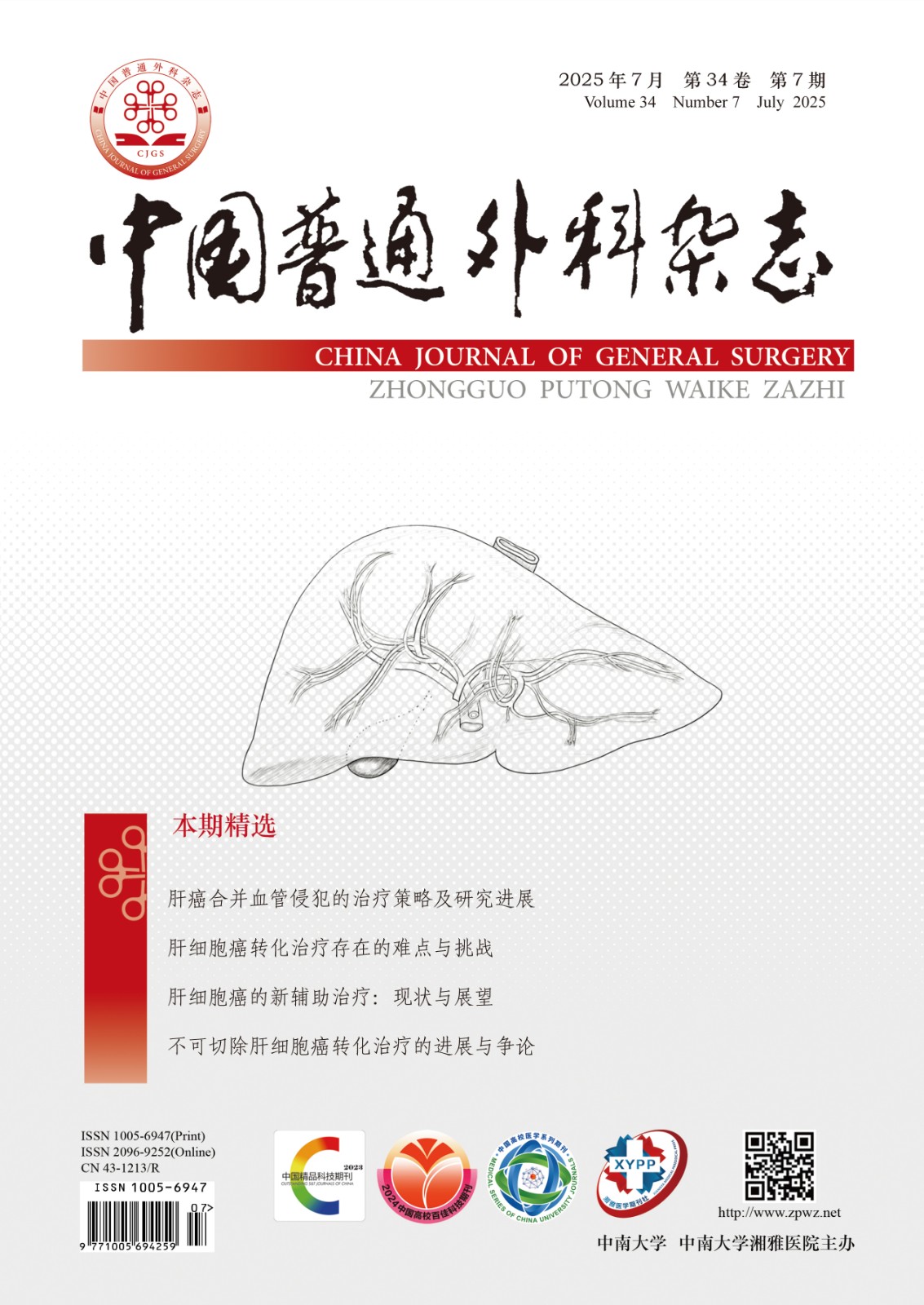Abstract:Background and aims In recent years, free heme (FH) detection has shown good screening performance in malignant tumor screening. However, currently there is limited research on FH detection for colorectal cancer, and the sample sizes are small, with poor representativeness. Therefore, this study was conducted to further evaluate the application value of FH detection in the early diagnosis of colorectal cancer with a relatively large sample size.Methods To analyze the efficacy of FH detection for early diagnosis of colorectal cancer as well as its universality or specificity, all hospitalized patients suspicious for gastrointestinal malignancy who underwent FH detection in rectal mucosal secretions from April 2019 to August 2020 in the Department of Gastrointestinal Surgery at the Third Xiangya Hospital of Central South University and met the inclusion criteria were included in the study. Clinical data of the patients were collected. The patients were classified into five groups: the gastrointestinal group (all patients suspicious for gastric or colorectal cancer), the colorectal group (all patients suspicious for colorectal cancer), the right colon group (patients suspicious for right-sided colon cancer), the left colon group (patients suspicious left-sided colon cancer), and the rectum group (patients suspicious rectal cancer). The diagnostic value of FH detection as well as fecal occult blood test (FOBT), carcinoembryonic antigen (CEA), and carbohydrate antigen 19-9 (CA19-9) alone or in combination with FH detection were compared among the groups of patients.Results A total of 345 patients were included in the study, among whom there were 291 cases suspicious for colorectal cancer and 54 cases suspicious for gastric cancer. The results of FH detection showed that, except for the right colon group, the positive rate of FH detection in malignant tumors of the gastrointestinal group, colorectal group, left colon group, and rectum group was higher than that of benign diseases in the same group (all P<0.05). Using pathological results as the gold standard, the sensitivity of FH detection for diagnosing gastric cancer, colorectal cancer, right colon cancer, left colon cancer, and rectal cancer was 40.72%, 47.49%, 17.39%, 57.89%, and 72.29%, respectively, and the difference was statistically significant (P<0.05); the specificity was 80.65%, 78.57%, 84.62%, 73.33%, and 71.74%, respectively, and the difference was not statistically significant (P>0.05). After excluding the right colon group, the positive rates of FOBT, CEA, and CA19-9 single detection in malignant tumors of the gastrointestinal group, colon group, left colorectal group, and rectum group were higher than those of benign diseases in the respective groups (all P<0.05), but there was no significant difference in sensitivity and specificity among the groups (all P>0.05). Among the various combined tests, FH+FOBT was the best combined test considering both sensitivity and cost-effectiveness. The sensitivity of FH+FOBT for diagnosing gastric cancer, colorectal cancer, left colon cancer, and rectal cancer was 74.86%, 85.42%, 92.45%, and 97.22%, respectively, and the specificity was 64.91%, 57.78%, 57.14%, and 60.00%, respectively.Conclusion The detection results of FH have specificity for the location of tumor development and can be used for early diagnosis of left-sided colon cancer, especially rectal cancer, but have limited value for gastric cancer and right-sided colon cancer. The combination of FH and FOBT detection has advantages such as economy, simplicity, and high sensitivity, and is a better method for early diagnosis of colorectal cancer.























































